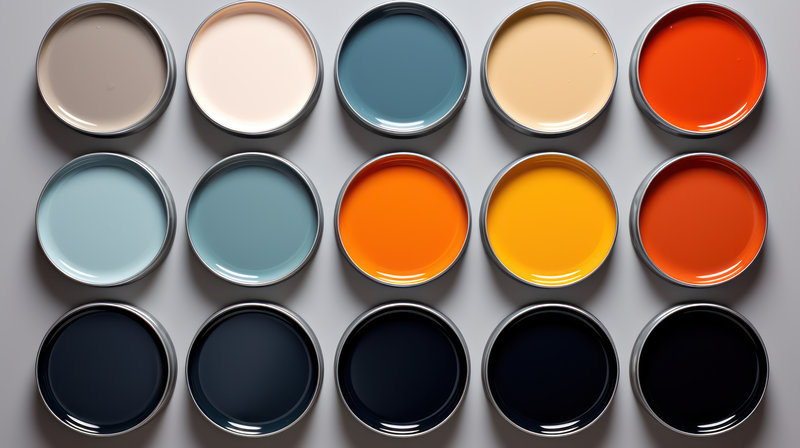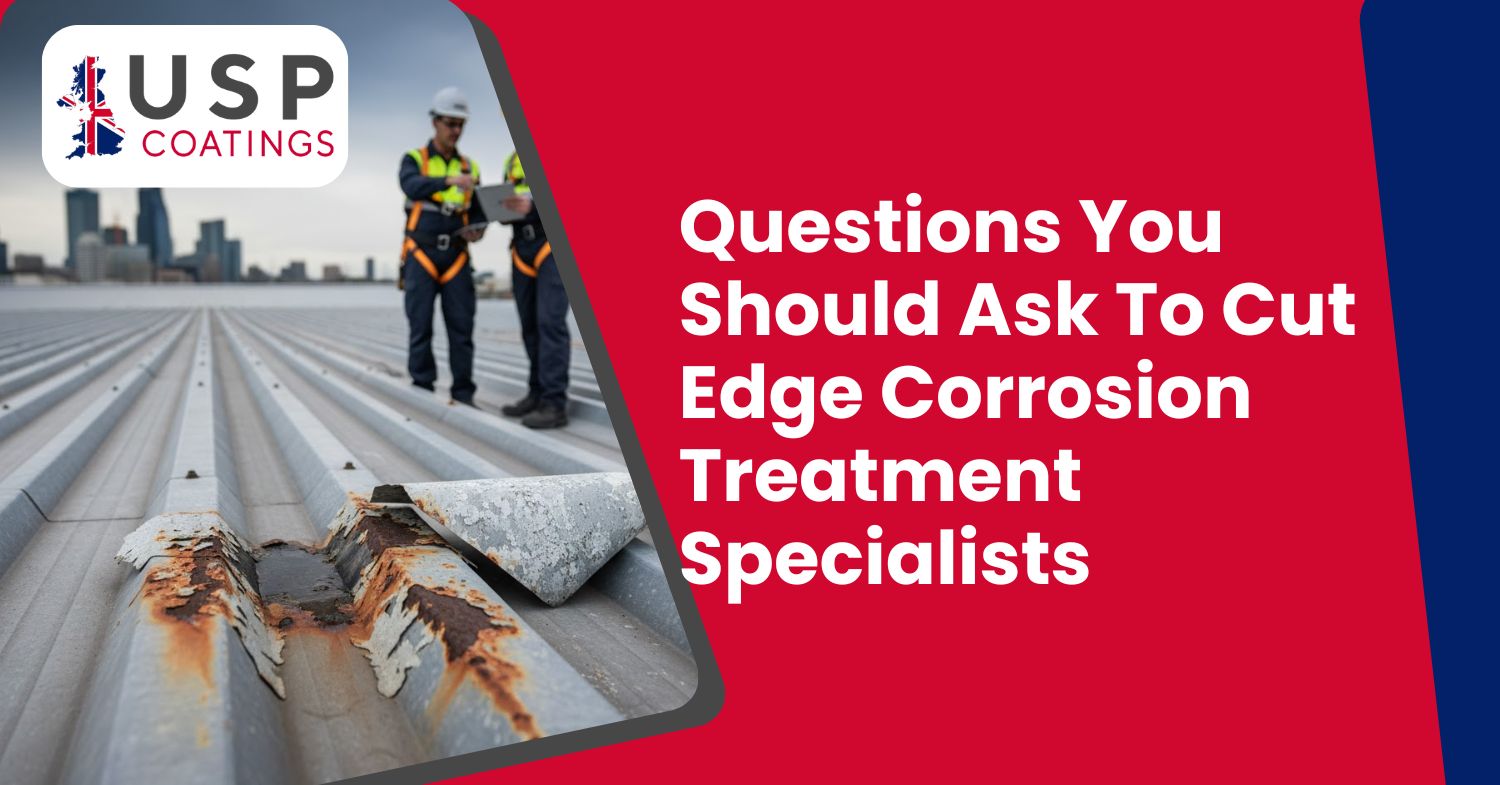Cladding Painting Guide: Understanding Different Types Of Paints
Choosing the right cladding paint isn’t just about color—it’s about protecting your property, boosting curb appeal, and ensuring long-term durability. The type of paint you select can make the difference between a flawless finish that lasts years and a surface that fades, peels, or corrodes prematurely.
In this chapter, we’ll break down the different paint options available, highlight the key factors you must consider, and help you make a smart choice for your property.
👉 Don’t have time to go through the full guide? Skip the research and get expert advice straight away. Our team at USP Coatings is here to help you choose the perfect paint for your cladding, shop front, on-site projects, warehouses, factories, and any other area—saving you time, money, and hassle. Call us now at (01134364364) or request your FREE quote today. [Visit our homepage] to get started!
Vital Considerations When Choosing Your Paint
When it comes to choosing the right paint, a trio of pivotal factors demands your attention: temperature, weather conditions, and the immediate surroundings of your property. Let’s dissect these elements:
1. Temperature
Paints need to cure or dry properly to form a strong and long-lasting bond with the cladding. If you plan to paint during colder months, it’s essential to choose a paint that can cure in lower temperatures.
On the contrary, when painting in warmer conditions, you must consider the potential for the cladding to become excessively warm. High temperatures can lead to inconsistencies in the paint’s appearance, such as lines or unevenness.
2. Weather
The climate in your area is a crucial factor to consider. If you live in a region with extreme weather conditions, such as heavy rain, intense wind, or significant temperature fluctuations, you need a paint that can withstand these challenges. Using the wrong type of paint can lead to premature peeling, fading, or corrosion.
3. Surroundings
The surroundings of your property matter. If your building is located in a public area with foot traffic, using solvent-based paints may not be suitable due to the release of volatile organic compounds (VOCs) that can harm the environment and public health. Water-based options are often a more responsible choice for such locations.
The 3 Pillars of Paint
In the realm of paint selection, three pillars stand tall: quality, durability, and adhesion. Let’s break them down:
Quality
Trusted manufacturers produce quality paints, rigorously tested to withstand harsh conditions.
Durability
A paint’s ability to maintain its appearance and protective prowess over time is key. You want a paint that’s in it for the long haul, sparing you from frequent and costly repainting.
Adhesion
Proper bonding with the cladding surface is crucial. It prevents headaches like bubbling, corrosion, peeling, and tackiness. Quality paint with the right adhesion properties is your shield for long-term property improvement.
In the upcoming chapters, we’ll explore specific paint products, tailoring them to different environments and needs. Understanding types of paint and making the right paint choice is your ticket to elevating your property’s look and value.
Cladding Painting Guide The Next Chapter

Chapter 4: The Evolution of Paint Processes
To secure an impeccable finish and enduring protection for your property’s cladding, understanding the progression of painting techniques is essential. Every technique involves distinct steps and results in a unique finish. Read this chapter to learn more about “The Evolution of Paint Processes“.
Speak To The Experts
Seeking advice from experts can make this process less daunting and more rewarding. Companies like USP Coatings not only bring expertise in cladding painting but also offer invaluable insights during a free quote consultation, steering your project towards success.
FAQs
Q.1: What type of paint is best for cladding in cold weather?
For colder months, choose paints specifically designed to cure at low temperatures. This ensures proper adhesion and prevents peeling or cracking.
Q.2: Can water-based paints really protect my property as well as solvent-based paints?
Yes, high-quality water-based paints are durable, eco-friendly, and safe for public spaces. They resist fading and peeling while also reducing VOC emissions.
Q.3: How do I know if a paint has good adhesion for cladding?
Check if the paint is designed for the material of your cladding (metal, wood, or composite). Quality paints will mention strong adhesion properties to prevent bubbling, corrosion, or peeling.
Q.4: Does weather really affect how long paint lasts?
Absolutely. Extreme rain, sun, or wind can shorten the life of poor-quality paints. That’s why choosing durable, weather-resistant paint is key for long-term protection.
Q.5: Why should I consult experts before choosing paint for my property?
Paint choice impacts both appearance and durability. Experts like USP Coatings can recommend the right type of paint for your environment and provide a free quote, saving you costly mistakes.






